What happens in your brain when you sleep?
6Did you know that your body becomes completely paralyzed several times every night? It happens because of the signal that gets sent down your spine and makes your postural muscles lose all tone. You become like a rag doll – limp and unable to move. This happens few moments before you enter the dreaming state, lasts for as long as you are dreaming, and ends when you enter dreamless sleep. You go through this cycle 4x every night. This is Mother Nature’s ingenious way to ensure that you don’t act out your dreams. Another interesting thing that happens when you are dreaming is that your eyes dart quickly from side to side underneath your eyelids, which is why the dreaming stage of sleep is called REM (rapid eye movement) sleep.
Here is a remarkable thing though – if you were hooked up to the electrodes that monitor your brain’s electrical activity and record the type and length of your brain waves, it would be hard to tell from just looking at the output if you were dreaming or awake. The quality of brain activity during the waking state and dreaming state is remarkably similar; in fact, some parts of the brain are about 30% more active during dreaming than when you are awake. What’s going on there? Why does your brain need to be so active when you dream? And why is it so different from dreamless sleep? Let’s take a look at the different types of brain activity during waking and sleeping states to help us understand what the brain is doing while we snooze.
![]() During the waking state your brainwave activity is fast and erratic. Brainwaves are going up and down about thirty or forty times per second without a predictable pattern. It is called “fast frequency” brain activity and it is the same even when you are very focused and alert. Matthew Walker, PhD who has been studying sleep for over 20 years writes: “The contradictory electrical chaos is explained by the fact that different parts of your waking brain are processing different pieces of information at different moments in time and in different ways. When summed together, they produce what appears to be a discombobulated pattern of activity recorded by the electrodes placed on your head.”(1)
During the waking state your brainwave activity is fast and erratic. Brainwaves are going up and down about thirty or forty times per second without a predictable pattern. It is called “fast frequency” brain activity and it is the same even when you are very focused and alert. Matthew Walker, PhD who has been studying sleep for over 20 years writes: “The contradictory electrical chaos is explained by the fact that different parts of your waking brain are processing different pieces of information at different moments in time and in different ways. When summed together, they produce what appears to be a discombobulated pattern of activity recorded by the electrodes placed on your head.”(1)
 When you first fall asleep you go through four stages of NREM (or dreamless) sleep. Once you settle into stages 3 and 4 the electrical activity of your brain dramatically decelerates to about 2-4 waves per second (10 times slower than waking state). This is called “slow-wave sleep” and it is much more rhythmical, synchronous and predictable in its pattern. Most of your deep-sleep brain waves originate from the area in the middle of your forehead and leisurely travel from the front of the brain to the back, dissipating there. “What you are actually experiencing during deep NREM sleep is one of the most epic displays of neural collaboration that we know of. Through an astonishing act of self-organization, many thousands of brain cells have all decided to unite and “sing,” or fire, in time.”(1) Dr. Walker calls NREM sleep “a highly active, meticulously coordinated state of cerebral unity.” He writes: “The steady, slow, synchronous waves that sweep across the brain during deep sleep open up communication possibilities between distant regions of the brain, allowing them to collaboratively send and receive their different repositories of stored experience.”(1) This is how our memories are preserved – they are being moved from short-term memory storage to a more reliable long-term storage and distilled in the process.
When you first fall asleep you go through four stages of NREM (or dreamless) sleep. Once you settle into stages 3 and 4 the electrical activity of your brain dramatically decelerates to about 2-4 waves per second (10 times slower than waking state). This is called “slow-wave sleep” and it is much more rhythmical, synchronous and predictable in its pattern. Most of your deep-sleep brain waves originate from the area in the middle of your forehead and leisurely travel from the front of the brain to the back, dissipating there. “What you are actually experiencing during deep NREM sleep is one of the most epic displays of neural collaboration that we know of. Through an astonishing act of self-organization, many thousands of brain cells have all decided to unite and “sing,” or fire, in time.”(1) Dr. Walker calls NREM sleep “a highly active, meticulously coordinated state of cerebral unity.” He writes: “The steady, slow, synchronous waves that sweep across the brain during deep sleep open up communication possibilities between distant regions of the brain, allowing them to collaboratively send and receive their different repositories of stored experience.”(1) This is how our memories are preserved – they are being moved from short-term memory storage to a more reliable long-term storage and distilled in the process.
![]() After about an hour of NREM you begin to transition back through the NREM stages and then enter REM sleep – the dreaming state. Sometimes it is called “paradoxical sleep” because your body is immobile, but your brain is very active. The brain waves once again become fast and desynchronized because the brain returns to processing different pieces of information in different brain regions. Only this time it is not the sensory input that gets processed, but rather your emotions, motivations and memories. “Each and every night, REM sleep ushers you into a preposterous theater wherein you are treated to a bizarre, highly associative carnival of autobiographical themes.”(1) It’s as if the brain manipulates puzzle pieces from hundreds of different puzzles and experiments with putting them together in a variety of creative ways, coming up with some crazy, unexpected and curious combinations. This is where creativity comes from – it comes from combining familiar pieces of information in unusual and interesting ways.
After about an hour of NREM you begin to transition back through the NREM stages and then enter REM sleep – the dreaming state. Sometimes it is called “paradoxical sleep” because your body is immobile, but your brain is very active. The brain waves once again become fast and desynchronized because the brain returns to processing different pieces of information in different brain regions. Only this time it is not the sensory input that gets processed, but rather your emotions, motivations and memories. “Each and every night, REM sleep ushers you into a preposterous theater wherein you are treated to a bizarre, highly associative carnival of autobiographical themes.”(1) It’s as if the brain manipulates puzzle pieces from hundreds of different puzzles and experiments with putting them together in a variety of creative ways, coming up with some crazy, unexpected and curious combinations. This is where creativity comes from – it comes from combining familiar pieces of information in unusual and interesting ways.
You reliably cycle through stages of NREM and REM sleep every 90 minutes during the night (usually 5 cycles in total) with dreaming state becoming progressively longer as the night goes by.
Dr. Walker writes: “When it comes to information processing, think of the wake state principally as reception (experiencing and constantly learning the world around you), NREM sleep as reflection (storing and strengthening those raw ingredients of new facts and skills), and REM sleep as integration (interconnecting these raw ingredients with each other, with all past experiences, and, in doing so, building an ever more accurate model of how the world works, including innovative insights and problem-solving abilities).”
These are the three main states that you cycle through every 24 hours: awake – dreamless sleep – dreaming state. Yogis knew it all along and even reflected it in the meaning of OM. They also suggested that there is a forth state that is quite different from those three that could be brought on through practicing yoga. What is that state? We will talk about it next time.
[jetpack_subscription_form]References
1. Why do we sleep: Unlocking the Power of Sleep and Dreams by Matthew Walker

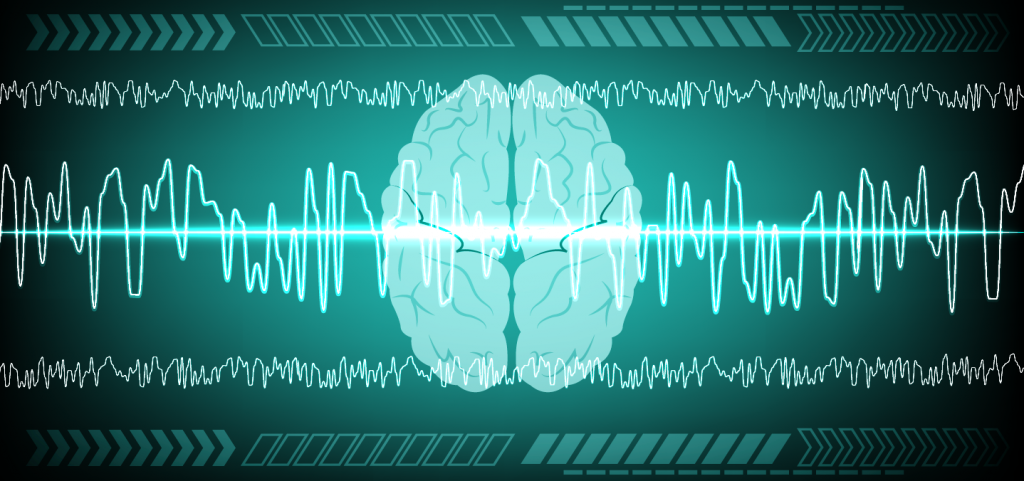
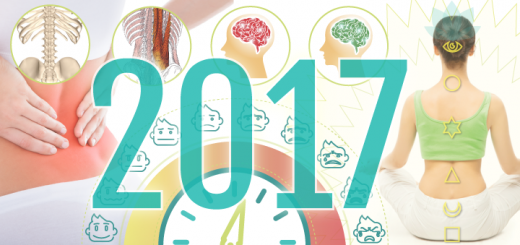
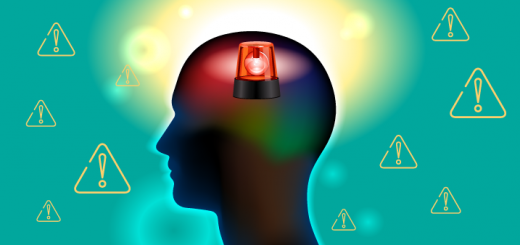
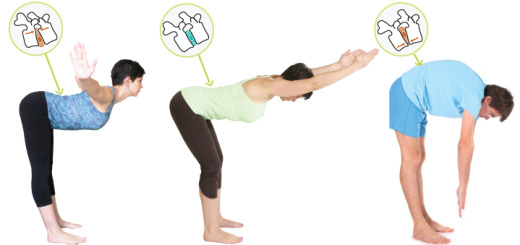
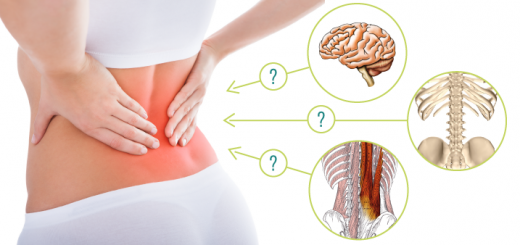















Not sure it’s absolutely right – or I didn’t fully understand. Everybody, I believe, experienced shouting and squealing in nightmare which wakes you up while you still are within your dream setting. Also, too many of us have startled their spouse by jerking and giving blows – again while dreaming fights and alike.
During dreaming, our muscular activity can be very high.
Hi Alexander! It is called REM atonia. Sometimes this mechanism breaks down and people begin to act out their dreams. Here is an interesting article about neurotransmitters that can be potentially involved in it: https://www.sciencedaily.com/releases/2012/07/120711131030.htm
Olga, our brains are on the same wavelengths! 😉 I was listening to Matthew Walker on Joe Rogan’s podcast. Cheers to you and your blog!
:)))) Definitely! I love his book – what did you think about the podcast?
Another very interesting piece, Olga. I look forward to your thoughts on the differences between sleep and meditation or conscious rest.
It was a good read, really informative. Sleep is something obvious to get your thoughts and yourself
together in the margining to be productive, not just in professional life but in personal too.